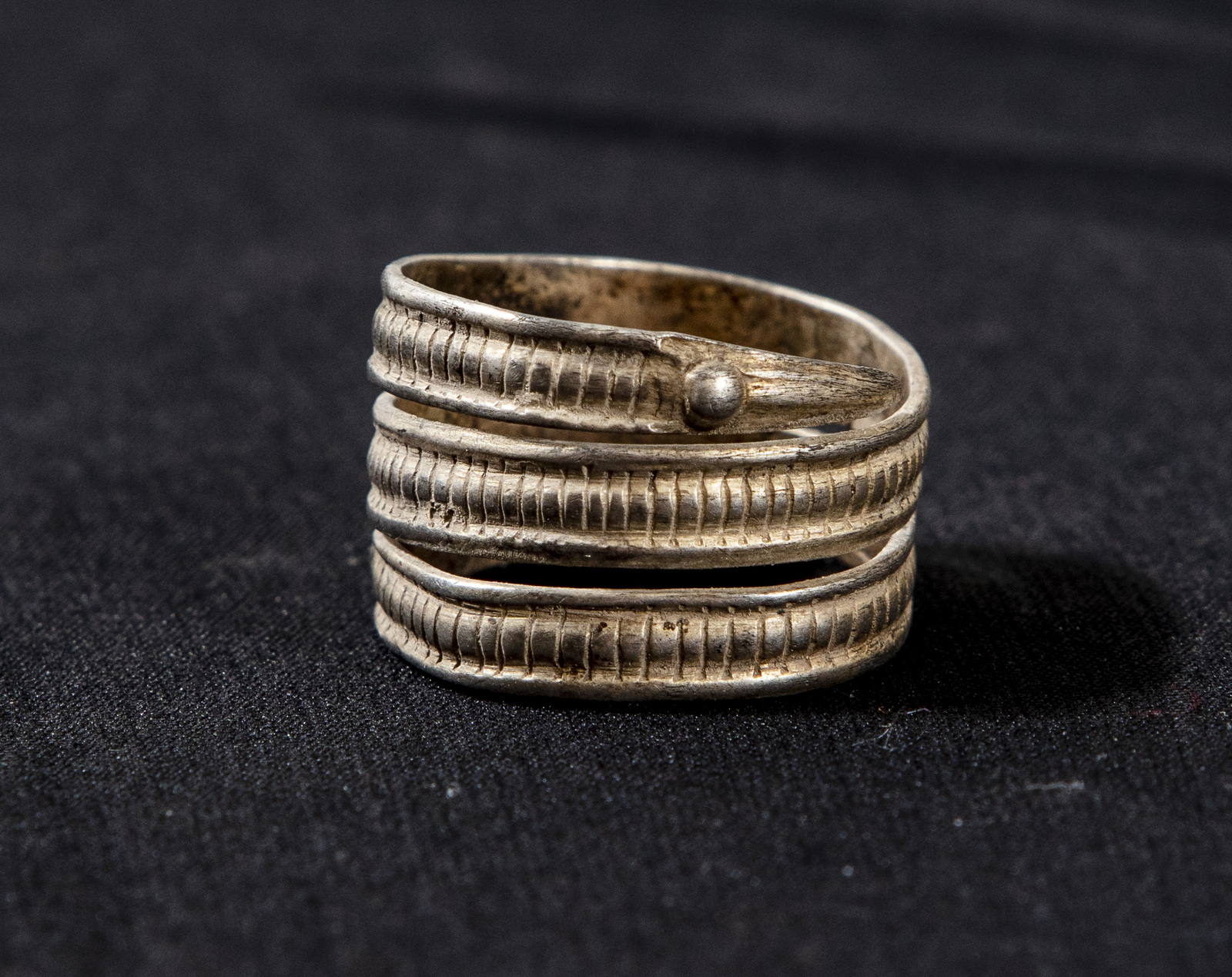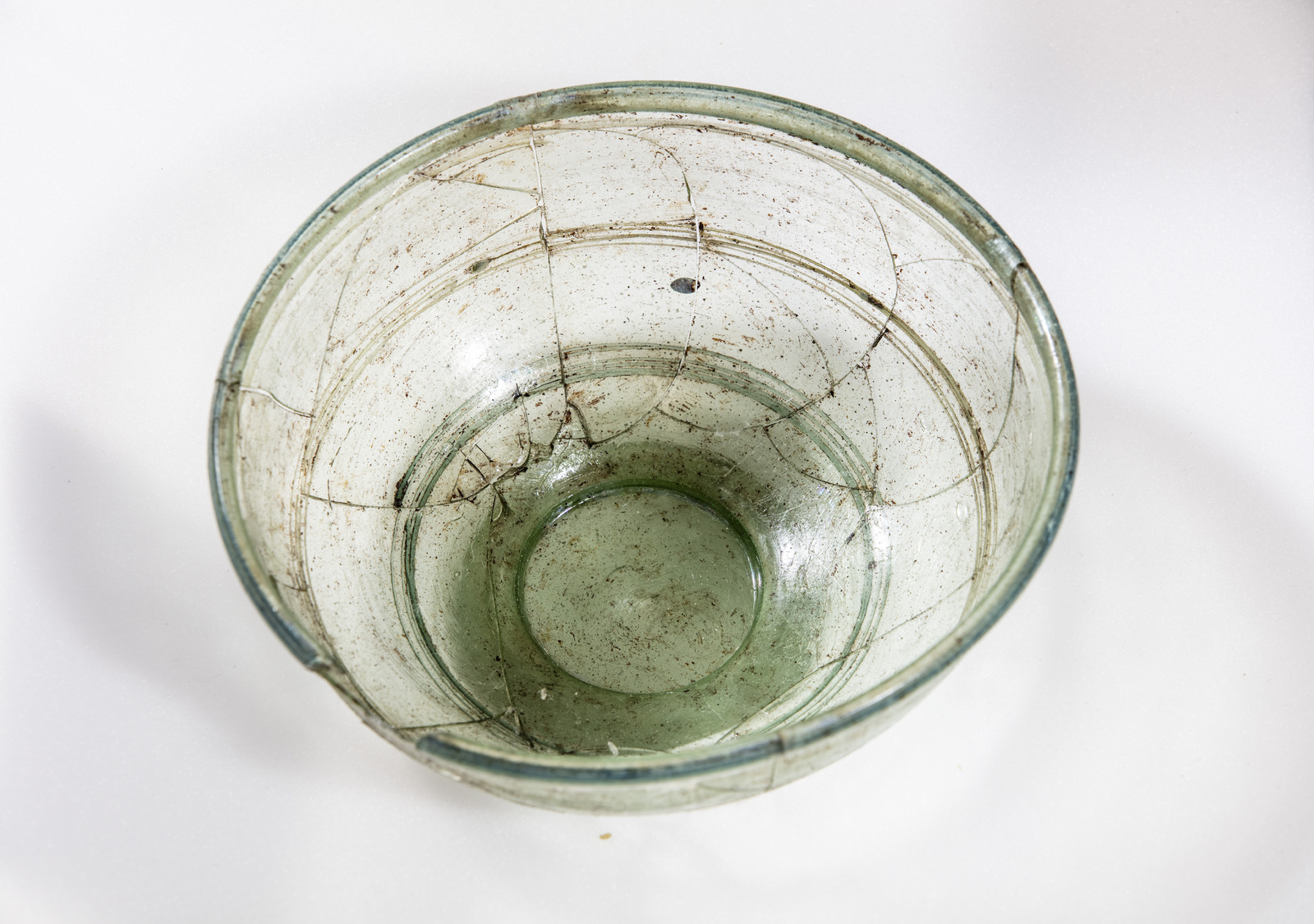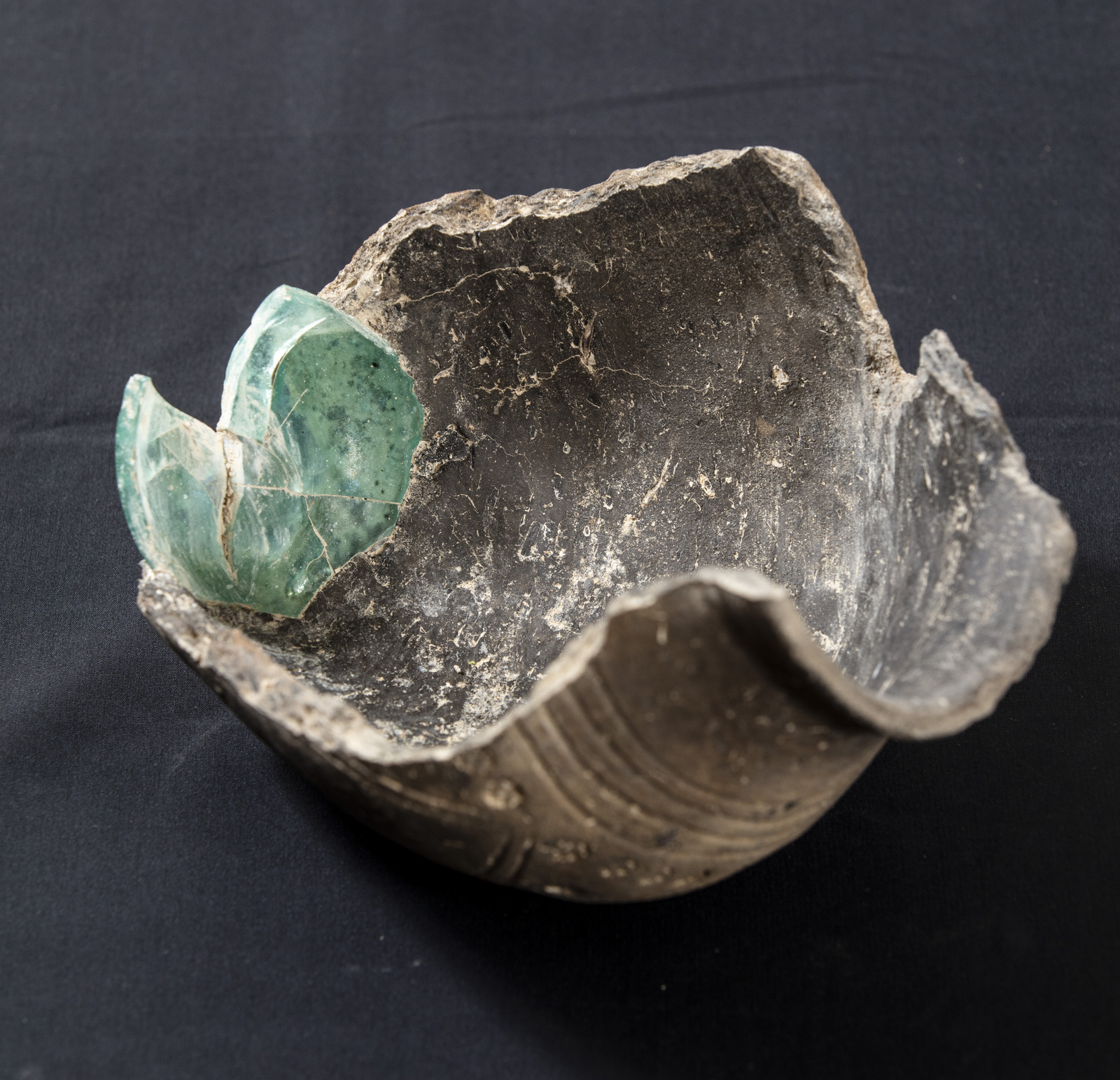
An Anglo-Saxon graveyard, discovered in Wendover, Buckinghamshire, has been found to contain a number of cosmetic beauty items, including tweezers, combs and toothpicks.
The excavation was only prompted by the building of the HS2 rail line, however has turned up a wealth of evidence into Anglo-Saxon life, with toiletry sets, wine glasses and “a cosmetic tube that could have contained a substance used as eyeliner or similar” also among the items found.
The finding can be dated to Anglo-Saxons of the fifth or sixth centuries, and reveals the people were “more sophisticated” than previously thought.

A tubular rimmed glass bowl found in a burial thought to be made around the turn of the 5th century and could have been an heirloom from the Roman era
Dr Rachel Wood, a senior archaeologist for Fusion, highlighted the rarity of the wine glasses, while also noting the importance of the finding in debunking the theory that Anglo-Saxon culture was improved by the arrival of St. Augustine and Christianity.
“Prior to our work at Wendover there were a handful of these objects in Britain,” Wood said. “We had two from our site. There is a discussion around glass, whether or not the skills to make it were retained. There was a thought that they were breaking up Roman glass or importing them from the Continent. So someone has taken a lot of care to move these objects around.
“There’s been a thought that the culture of the Saxons took a turn for the better when they became Christian,” Wood continued. “So this goes some way to dispelling that particular theory.”
In total, 141 bodies were found. One high-status woman was buried with a pale green glass bowl, that experts believe could have been a family heirloom passed down over generations. It was known to be manufactured by late Roman craftsmen at the turn of the 5th century. Rings, brooches and carved ivory objects were also found in her possession.

A unique 6th century window urn with the bottom of a reused Roman glass bottle fired into the ceramic
Experts are not sure if the objects were buried alongside the dead to equip them for the afterlife, or rather to retain objects they regarded as precious.


